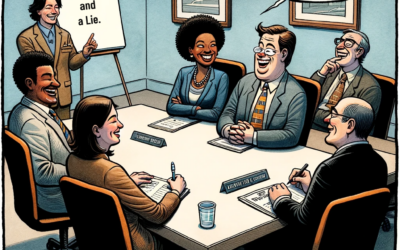 Skiing as a Metaphor for Team Performance
Skiing as a Metaphor for Team Performance
I rushed off the early morning flight from Minneapolis, slipped into my ski wear, and grabbed the first gondola up the mountain in Steamboat Springs, Colorado. Little did I know I would not only be learning to be a better bump skier, but I would learn once again an essential aspect of high team performance. I have Nelson Carmichael to thank for that.
Nelson is an American mogul skier, and boy is that an understatement. He won a bronze medal at the 1992 Winter Olympics and was with the U.S. team from 1983-1992. Nelson was also a two-time World Cup Grand Prix Mogul champion, won 12 individual World Cup event titles, was a six- time U.S. National Mogul champion, and a Pro-Mogul champion.
I started skiing when I was 4 years old, and I taught skiing for many years. I consider myself an expert skier, or at least I did until I skied with Nelson and friends. The grace and movement of his body as it moved down the mountain was astounding and effortless. The rest of us gasped for oxygen and balance in primo skiing conditions.
A couple days and four feet of new snow later, I went skiing with my wife Chris. She enjoys navigating the blue square runs down the mountain, but she isn’t as passionate about skiing as I am. The gap in our skiing ability is similar to the one between Nelson and me. Earlier in the week Nelson was waiting for me, and that day I was waiting for Chris. This got me thinking.
Gap in Team Performance
In business, how often are the most capable team members (including the leader) waiting for others to catch up? And what are the consequences?
I think most leaders would bemoan the time they spend waiting for others, but, as a coach, I tend to see the greatest skill discrepancies between entrepreneurs and their originating team. The loyalty keeps them skiing together even when the gap in capability widens. The reason for this widening gap is that the senior team members need professional development, but are too busy running the organization to increase their competencies and keep pace with the company’s second-stage growth.
Distance Can Create Too Great a Gap in Capability
Entrepreneurs are always tinkering, reading, experimenting, and learning. If they aren’t learning from their coworkers, they will seek to teach themselves something new or find someone or something else who can–be it an executive coach, consultant, or training program.
Team members may not be afforded these same development opportunities or they may not seize them because they’re too busy putting out daily fires. So instead of getting ahead of the organization’s growth, the distance between their skills and the organization’s needs increases. These members, no matter how loyal, will usually be left behind in middle management or be asked to leave the organization. They will often resent the owner’s failure to reward loyalty, and the owner may resent their inability to keep pace.
Leaders–and especially entrepreneurs–ought to insist on professional development for their team members, for everyone’s sake. And team members must likewise seek out and seize these development opportunities. Nobody likes to stop and wait for long on a ski hill, and nobody likes to be left behind either.



